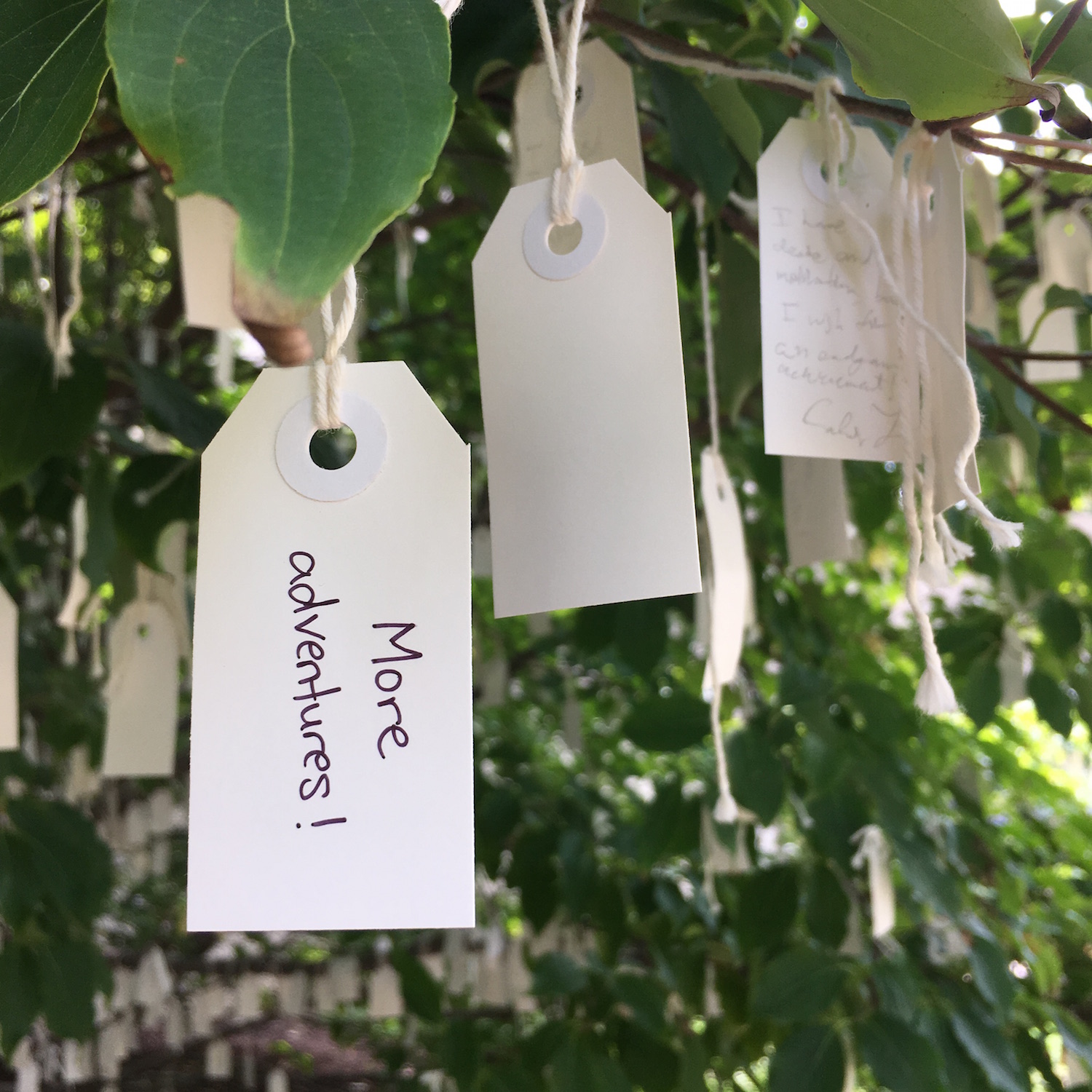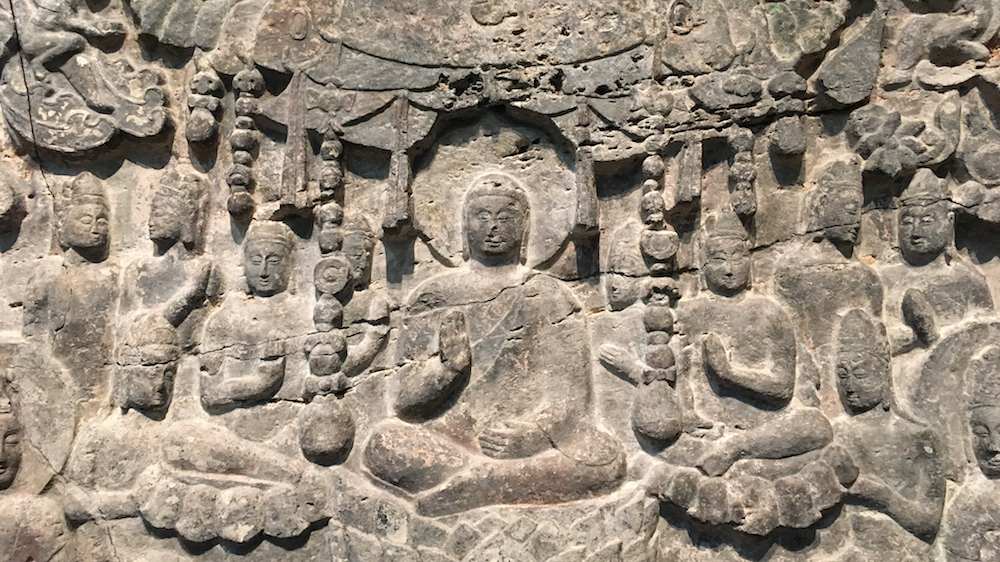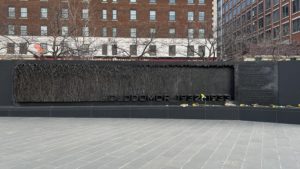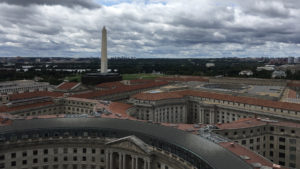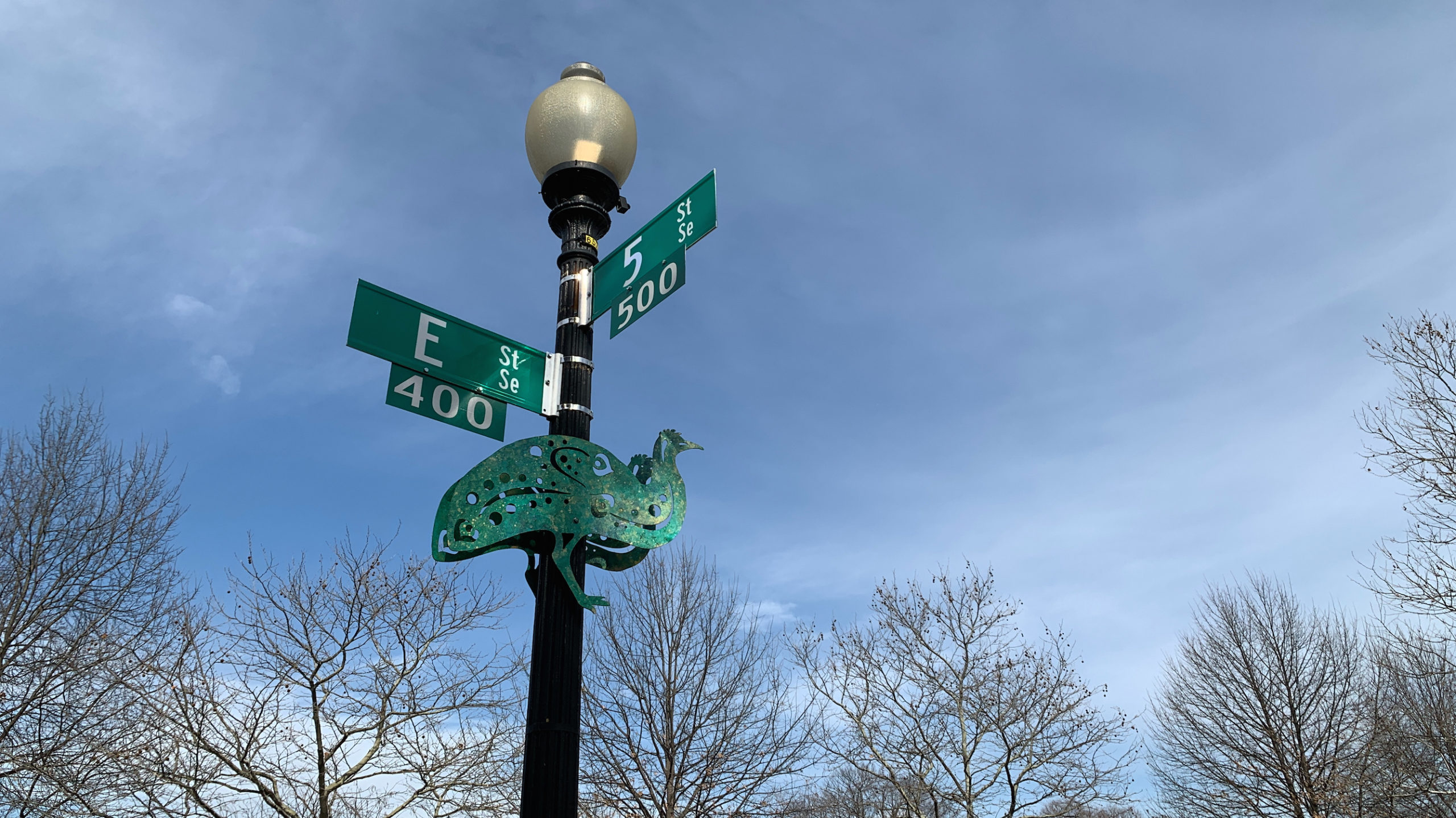Freer Sackler Galleries
The Freer Sackler Galleries are two connected Smithsonian museums highlighting Asian art and culture
The Freer Sackler Galleries are two connected Smithsonian museums highlighting Asian art and culture
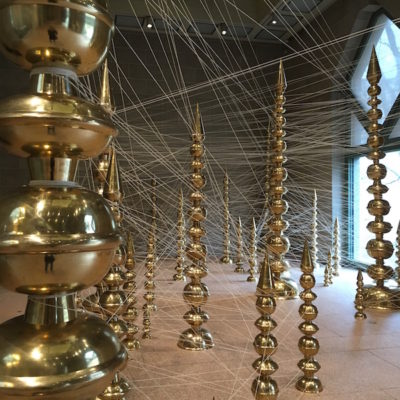
The Freer Gallery of Art and the Arthur M. Sackler Gallery house collections of art from Asia, ancient Egypt, the Islamic world, and America. I recommend starting your visit in the Sackler; its entrance is in the garden behind the Smithsonian Castle building. This museum shares an architectural design with the National Museum of African Art across the courtyard, except it uses diamonds and pyramids throughout the building where the Museum of African Art uses circles. Like its counterpart, most of the museum is underground.
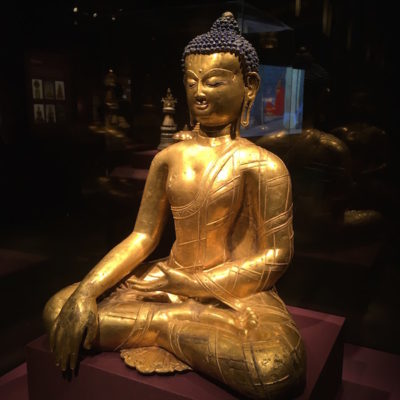
Current exhibits include Buddhist artwork, distinctive textiles from Central Asia, and ancient Chinese bells. This last exhibit includes bells of different sizes, shapes, and materials. Look for the cute one shaped like a bird. Interactive elements let you use mallets to learn how to strike the (replica) bells in different places to produce various tones as well as a keyboard to virtually play a set of bells that are on display.
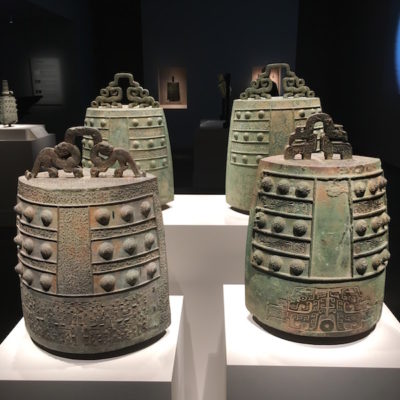
My favorite exhibit at the Sackler Gallery is the Tibetan Buddhist Shrine Room. Textiles, statues, and other spiritual objects fill the red and gold space. As you walk into the dimly lit room, the sound of chanting and traditional instruments surrounds you. Spend a few moments taking it all in – it’s one of those rare museum exhibits that can almost transport you to another world.

The Freer Sackler Galleries are connected by a set of elevators in the middle. After you finish looking around the Sackler, head up to the Freer. The Freer Gallery was built to hold the donated collection of Detroit railroad magnate Charles Freer. The most well-known item in his collection is the Peacock Room – a drawing room filled with Chinese porcelain. The room was acquired by Freer and was included in the donation of his collection. On the third Thursday of each month, the shutters in the room are opened from 12:00 – 5:30 pm to let natural light shine into the blue and gold space. Anyone can stop by for this unique viewing experience – no tickets required.
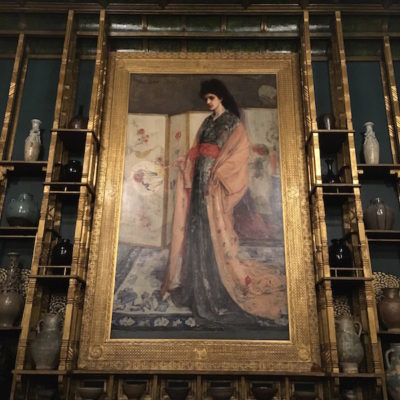
One of the conditions of Freer’s donation was that only items from his collection can be displayed in the gallery and none of it can be exhibited elsewhere. As you walk around the gallery rooms surrounding the central courtyard, you’ll see items that can’t be seen anywhere else in the world, like this wine pitcher shaped like a bird with intricate details worked into the metal.
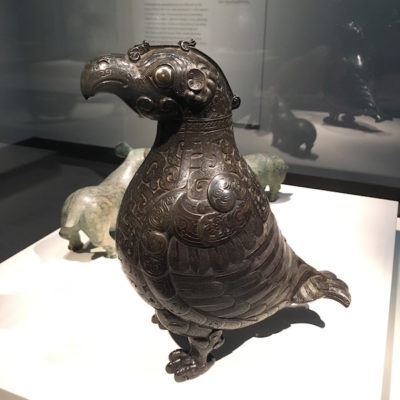
The Freer collection includes American pieces, many by James Whistler. I find the Freer collection less interesting than the Sackler’s, but some of the pieces provide unique insight into Asian culture. For example, the set of Shitenno (guardian statues) would have been placed around a temple to protect a sacred object from all four directions. The detail below is of Jikoku-ten, Guardian of the East, standing on a demon.
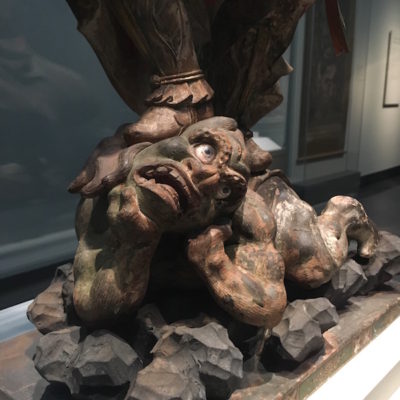
There isn’t an efficient path through the Sackler that doesn’t require doubling back through the exhibit rooms to see everything. The Freer, though, is a straightforward loop around the courtyard. Despite being centrally located on the National Mall, the Freer Sackler Galleries are rarely busy. I prefer the Sackler, but both galleries have beautiful pieces and are worth taking the time to explore.
Like this adventure? Subscribe to the newsletter to get updates with the latest adventures on the blog, ideas for things to do in DC, and tips for exploring the District.
Address
1050 Independence Ave SW
Metro Station
- Smithsonian (OR, BL, SV)
Cost
Free
Hours
Open daily from 10:00 am – 5:30 pm
Length of Adventure
1-2 hours
Website
https://www.freersackler.si.edu/
